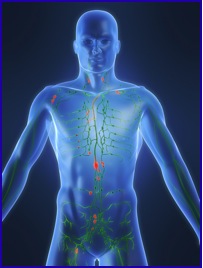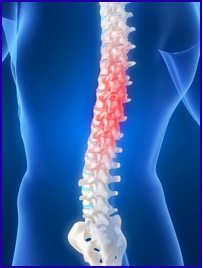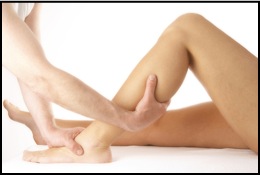Osteopathy is described as a way of detecting and treating muscles, ligaments, nerves and joints which are damaged or not functioning fully.
Osteopaths develop a very high standard of hands-on skill (palpation) which is applied through various techniques. At Colne Osteopathy a wide range of techniques are employed, which includes:
- Spinal manipulation.
- Soft tissue manipulation, connective tissue massage (CTM), deep tissue massage, inhibition technique, functional release (unwinding of fascia).
- Joint articulation, harmonic technique and proprioceptive neuromuscular facilitation (PNF), strain counter strain, positional release.
- Muscle Energy Technique (MET).
- Cranial osteopathic technique.
- Visceral Osteopathy.

There are many slightly different approaches in musculo-skeletal health between professions such as osteopaths and physiotherapists as well as between therapists of the same training.
Osteopathy applies implicitly the tenet that the body is a unit. This means that if a patient presents with a shoulder pain David wont just look at the shoulder but will want to examine whole spine and legs and feet as part of a postural assessment. Shoulder pain can sometimes occur because of a foot knee hip problem not just a local shoulder injury or impairment. “Finding the cause of a muscular pain offers the best results.”
David de Andrade does not use laser, ultrasound, or electrotherapy. Instead he prefers to apply his hands-on palpation skill at treating patients. The osteopathic moto is "Safe in our Hands"
David is enthusiastic about osteopathy and a multi-diciplinary approach to health, as such he encourages patients to see other practitioners where appropriate such as podiatrists, physiotherapists, acupuncturists, dentists, and of course GP's.
Where possible he contacts other practitioners who are treating the same patients to enhance a co-ordinated approach.

A course of osteopathic treatment will often be a recommended minimum of three treatments. If the osteopath is of the opinion that a longer course of treatment is necessary the patient will be advised and the osteopath will work with the patient to pursue the most pragmatic injury management.

